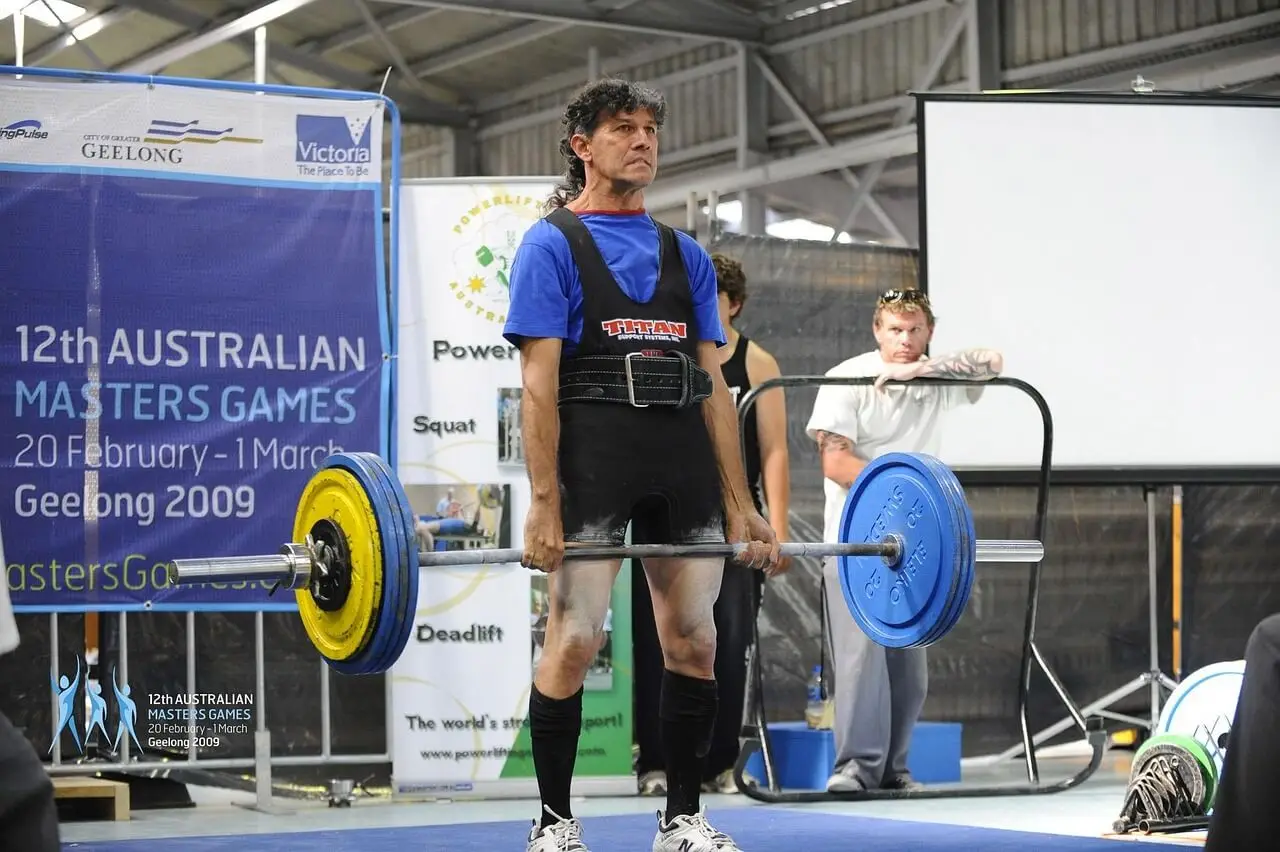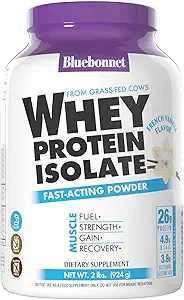
What does it truly mean to be strong?
When most people picture fitness, they focus on aesthetics. However, strength-training-for-power-and-resilience is about far more than flexing biceps or chasing symmetry.
Instead, it’s about building the kind of strength that lets you pull your own bodyweight, carry all your groceries in one trip, or deadlift the weight of a bad week. Ultimately, it’s about forging durability—inside and out.
From a technical standpoint, strength-training-for-power-and-resilience is a structured process centered on lifting heavy weights for low repetitions. This method emphasizes neural efficiency, increased force production, and total-body toughness.
Whereas hypertrophy emphasizes muscle size and visual pump, strength training champions raw power, structural control, and long-term performance gains.
Consequently, you’re not just training your muscles—you’re also strengthening your nervous system, sharpening your discipline, and elevating your mindset.
Through consistent effort and strategic progression, you’re building resilience that transcends the gym.
Why does that matter? Because, plain and simple, a strong body is harder to break.
Beyond the aesthetic, strength training delivers lasting benefits that compound over time. For instance, it boosts bone density, protects your joints, and enhances athletic performance across multiple disciplines.
Moreover, it builds a foundation of physical autonomy and injury resistance. Whether you’re 25 or 65, the strength you build today will serve you for decades.
In the end, strength isn’t just about looking good—it’s about living better, longer, and with more confidence.
In this article, we’ll break down:
- The science and core principles of strength training
- The essential compound lifts
- A full 3-day program to get you started
- Nutritional and recovery strategies
- The most effective tools and gear to support your journey
Understanding Strength Training Principles
To build strength, you need more than effort—you need to train smart. Here’s what sets strength training apart:
- Progressive Overload
Your body adapts to stress, so to get stronger, you must gradually increase resistance. That could mean adding weight, reps, or sets—or reducing rest time or improving form. The goal: always be challenging your limits.
- Specificity
You get good at what you train. Want to squat heavy? Then squat heavy. Strength gains are movement-specific, and heavy compound lifts are your best bet.
- Intensity vs. Volume
Where hypertrophy favors volume, strength training is built on raw intensity. You’ll typically work within the 1–6 rep range, lifting between 75–90% of your one-rep max (1RM). This approach demands maximal effort, focusing on neural adaptation rather than muscular size.
As a result, rest periods stretch longer—3 to 5 minutes between sets. This isn’t just about catching your breath; rather, it’s about letting your central nervous system fully recover, so you can bring max output to every lift.
- Rest Periods
When lifting heavy, it’s not just your muscles that get taxed—your central nervous system (CNS) takes a serious hit too. That’s why longer rest periods of 3 to 5 minutes between intense sets are essential. This isn’t wasted time. Rather, it’s strategic recovery.
During this window, your CNS recalibrates, allowing you to maintain power output and form across every rep. As a result, you’re not just training harder—you’re training smarter.
- Compound Movements
Think squats, deadlifts, presses, pulls. These multi-joint movements recruit more muscle, burn more calories, and train your body as a unit—not isolated parts.
🏋️ Core Lifts for Real Strength Gains
There are hundreds of exercises out there—but only a few time-tested essentials truly build raw power.
🦵 1. The Squat (Back or Front)
The king of lower-body strength. Barbell squats develop your quads, hamstrings, glutes, core, and spine stabilizers.
- ✅ Maintain a neutral spine
- ✅ Break at the hips and knees
- ✅ Go as deep as mobility allows (ideally parallel or below)
🔗 Recommended Gear:
🧱 2. The Deadlift (Conventional or Sumo)
Engages nearly every muscle—especially posterior chain (glutes, hamstrings, lats, erectors).
- ✅ Hinge from the hips, not round your back
- ✅ Keep bar close to shins
- ✅ Drive through the floor
🔗 Recommended Gear:
- Weightlifting Belt — stabilizes your spine
- Lifting Straps — improve grip for heavy sets
- Lifting Chalk — for better hold
🫱 3. The Bench Press
Primary upper-body strength builder targeting chest, triceps, and shoulders.
- ✅ Feet flat, core tight
- ✅ Lower bar to mid-chest
- ✅ Controlled press upward
🔗 Recommended Gear:
🔁 4. Other Essential Lifts
- Overhead Press – for raw shoulder and tricep power
- Barbell Row – for mid-back and scapular strength
- Pull-ups/Chin-ups – bodyweight mastery
🔗 Recommended Gear
- Pull-Up Bar for Door Frame
- Resistance Bands (for assistance)
📅 Sample 3-Day Strength Program (Full Body)
This beginner-friendly split hits all major movements 3x/week with time to recover and adapt.
Exercise A
- Barbell Back Squat – 3×5
- Barbell Bench Press – 3×5
- Barbell Rows – 3×5
- Overhead Press (light) – 2×6–8
- Plank Hold – 3 rounds to failure
Workout B
- Deadlift – 1–2×3–5 (after warm-ups)
- Overhead Press – 3×5
- Pull-ups/Chin-ups – 3xAMRAP
- Dumbbell Lunges – 3×8 per leg
- Face Pulls – 3×12–15
Workout C
- Front Squats or Leg Press – 3×6–8
- Incline Dumbbell Press – 3×6–8
- Lat Pulldowns or Pull-ups – 3×8–10
- Dips (assisted if needed) – 3xAMRAP
- Calf Raises – 3×12–15
> Rotate A–B–C across the week with rest or active recovery days in between. Push hard—but recover harder.
🍗 Fueling Strength & Recovery
Even the best program fails without proper recovery.
1. Nutrition
- Protein: Aim for 1.6–2.2g/kg bodyweight
- Carbs: Fuel heavy lifts and speed up recovery
- Fats: Support hormones and joint health
🔗 Recommended Supplements:
- Whey Protein Isolate
- Creatine Monohydrate (5g daily)
- High-Quality Multivitamin
2. Sleep & Hydration
Sleep & Hydration
To optimize muscle repair and nervous system recovery, strive for 7–9 hours of deep sleep each night. Furthermore, quality rest enhances performance, energy, and mental focus—all essential elements for building strength.
Additionally, staying hydrated is crucial. Drink at least 3 liters of water daily, increasing your intake if you’re sweating heavily. This ensures your muscles function more efficiently and accelerates recovery.
Recommended supplement
- Melatonin: Helps regulate sleep cycles
- Magnesium Glycinate: Promotes relaxation and sleep
Conclusion: Strength Is Earned
Genuine strength doesn’t come overnight. Instead, it’s forged through consistency, intensity, and patience. Progress unfolds rep by rep, week by week, and with every obstacle met head-on. After all, growth thrives under pressure.
Not only does strength-training-for-power-and-resilience enhance your body, but it also transforms your mindset and discipline. At the same time, it challenges your nervous system, sharpens mental focus, and builds lasting grit.
By comparison, aesthetic-focused routines may deliver short-term results. Conversely, strength training constructs a durable foundation—one that, with time, becomes unshakable.
As a result, you develop more than just muscle. You gain confidence, autonomy, and the ability to handle life’s load—whether in the gym or beyond it.
All things considered, strength-training-for-power-and-resilience is your blueprint for lifelong performance. So, the next time you pick up a barbell, remember: you’re not just lifting weight. You’re lifting your standard—physically, mentally, and undeniably.






